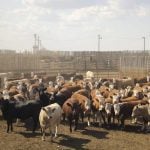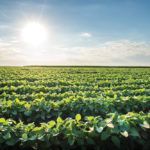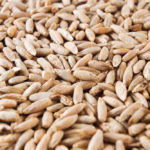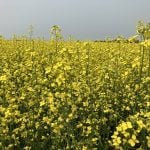
Tag Archives agronomy
Faster breeding with the Scanalyzer
Is field-scale robotic phenotyping: the next generation of precision ag?

The economic value of growing cover crops
Not all of the economic benefits of cover crops can be measured easily, but it’s worth a try

Studying the whole ecosystem
Matthew Mitchell’s research looks at how soybeans are affected by nearby forests

Get your farm ready for global warming
Agronomy management: How can you adapt your Prairie farm to changing climate conditions in the years to come?

Old, new products deliver multi-modes of action
The challenge is to hit weeds with two or more active ingredients to reduce resistance

Getting the most from soil test reports
Ratings vary depending on crop type, yield goal and soil zone

Slowing blackleg resistance with rotation
Labelling canola seed could help farmers slow the development of genetic resistance

Start planning spring crop rotations
Strong crop rotations can bring along a wealth of long-term agronomic benefits

Breeding aims high with hybrid rye
Two recently-released rye varieties are bringing higher yields to the Prairies

Western Canadian agronomy extension
Working together could go a long way to benefit both farmers and agronomists


